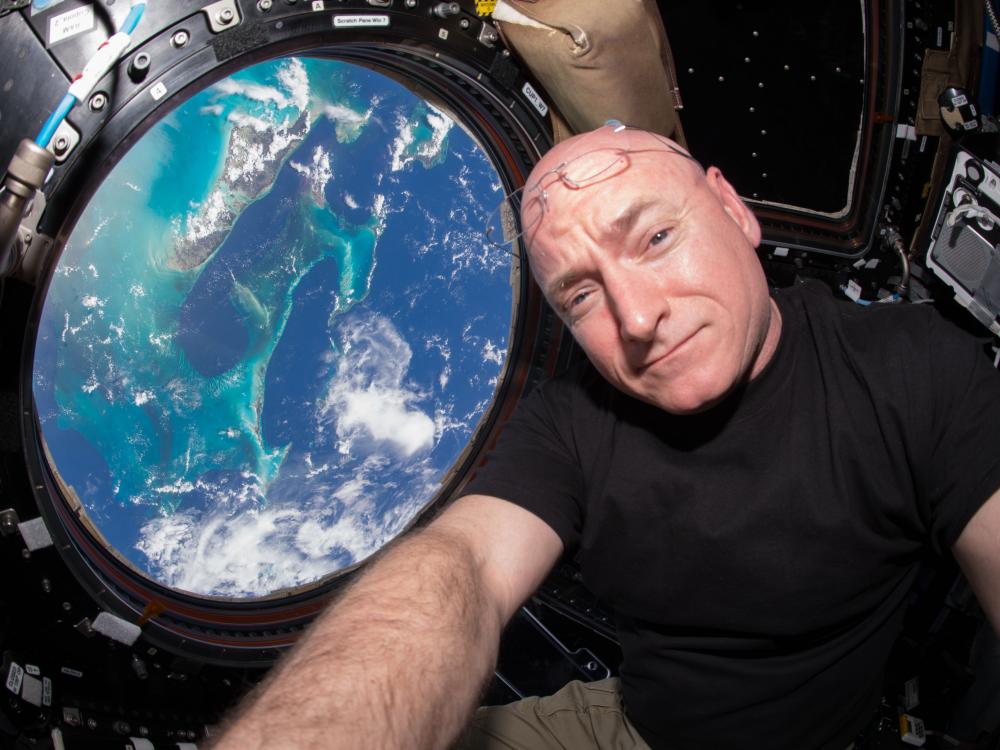by Adam Nustedt
I contemplated calling this the body of truth, but on reflection, I concluded that the body of evidence is more appropriate as sometimes appearances can be deceptive.
The relevance of our material bodies is a topic shrouded in ongoing debate, a realm where contradictory viewpoints collide. We often encounter phrases like “beauty is only skin deep” and “don’t be so superficial,” and there is undoubtedly merit behind these well-worn clichés.
Yet, nestled within this contentious discourse, lies another perspective encapsulated by the iconic words of Coco Chanel: “At 19, you have the face you were born with; by 50, you have the face you deserve.” It presents a train of thought that beckons us to ponder the intricate interplay between our choices, actions, and the physical manifestations they carve upon our visages over time.
Let’s take some extreme examples, if I was to ask you which one of these two people has an alcohol addiction problem, no one would have a problem getting the answer correct.
We could do this with many conditions. Interestingly most of these easily identifiable circumstances involve addictions, or what could be referred to as excessive attachments. Even if we try to hide the body of evidence, for instance with cosmetic surgery, eventually this can become another addiction and obsession that will become all too evident in time.
Ones actions and life story become etched on the body and face for everyone to see. If you have had a sad or happy life it will usually be quite evident for everyone to see. If you are eat too much or too little, in time, no amount of clothes can hide the evidence.The body is an amazing biological form with huge potential for movement, flow and energy and yet so many people barely express a fraction of its potential and let it develop negative traits such as sickness and obesity. Many people will spend huge amounts on other vehicles they use to transverse this earth such as cars and planes and take great care of them regularly cleaning and maintaining them, optimising their performance, but will take little care of the only vehicle we were born with, the human body. The big difference is that you feel physical when the body goes wrong, it hurts and you cannot buy a new one.
In the realm of physicality, it is undeniable that some individuals are dealt a more favourable hand than others. Diseases and genetic deformities can present formidable challenges, leaving their mark on the body. However, it is the remarkable character and unwavering determination to overcome these obstacles that leave an indelible impression on one’s visage. Take, for instance, the unwavering resolve and sheer tenacity displayed by Stephen Hawking as he courageously battled motor neuron disease with unwavering steel and determination.

It is important to acknowledge that not everyone is accountable for the appearance they present to the world. Tragic accidents or acts of violence and the ravages of disease or war can shape a person’s physical form, which may not accurately reflect their true character. Nevertheless, these external manifestations serve as evidence for the society in which the body exists. Looking back in time, one would witness countless individuals bearing the scars of diseases like the plague or smallpox—a sombre reminder of the consequences of inadequate hygiene and sanitation. Similarly, after World War I, the landscape would be populated by men without limbs and marked by burns, a stark reflection of the brutal industrial warfare. Regrettably, such harrowing circumstances persist in war-torn regions across the globe even today.
Within the intricate web of existence, we find our personal body, intricately interwoven with the society it belongs to—a collective body, if you will. This society, in turn, intertwines with other societies, encompassing humans and diverse species that compose our world—a grander body. Behold the Earth as seen from space, a unified entity where boundaries blur, akin to observing a single body. It is only through the lens of a powerful telescope that we can discern distinct components, just as a high-powered microscope reveals the intricacies of cells within the human body.

So when you see a body ravaged by war in actuality it is your body as well. The external world is a reflection of your inner world and everything that you witness is you. We may not like to see ourselves reflected in the child dying of poverty, the limbless victim of a land mine or the rainforest cleared for hamburgers, but that is you and I, we are part of the problem, but we can also be part of the solution.
Of course, many people have enough of a challenge with dealing with their own problems, cleansing their own addictions and there is much truth in the Buddhist adage that first you have to heal yourself before you can heal others, but sometimes the journey of helping others can help ourselves.
Yoga, with its essence of union—of the body, mind, and soul—emphasizes the importance of caring for our physical form. Shouldn’t prioritizing the well-being of our bodies be a fundamental consideration? By nurturing our bodies, we create a strong foundation from which we can extend our support and contribute meaningfully to the world around us.



